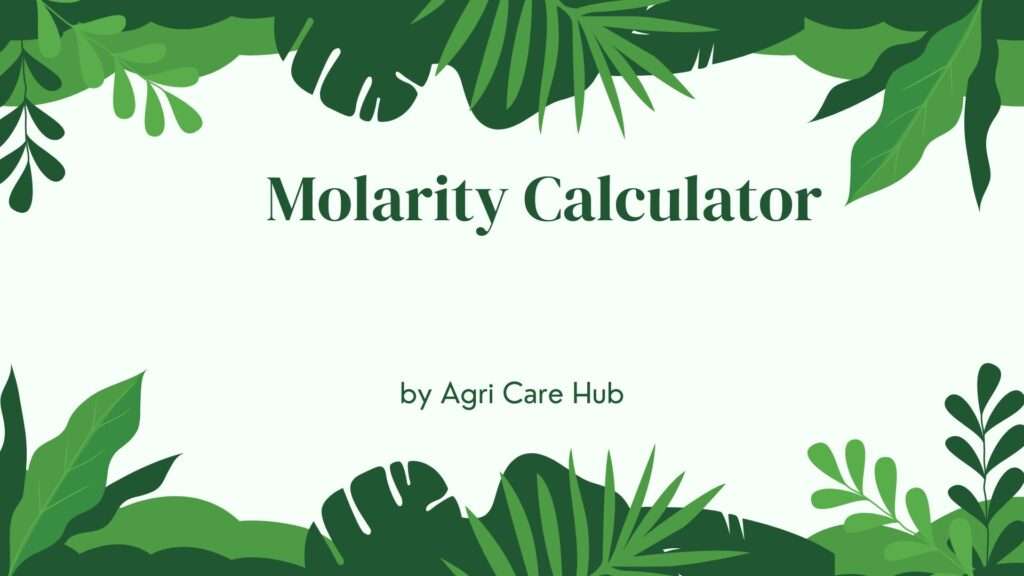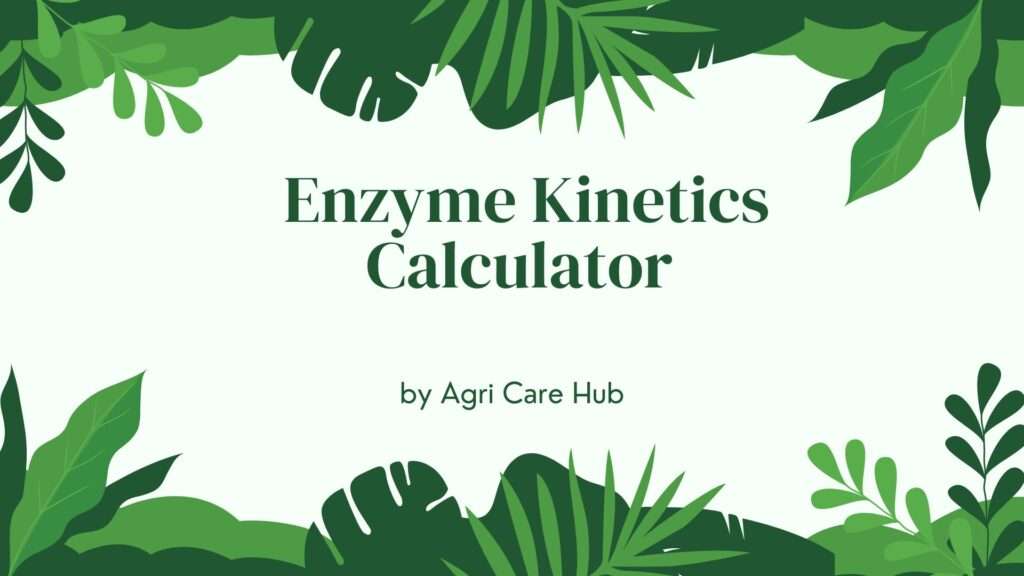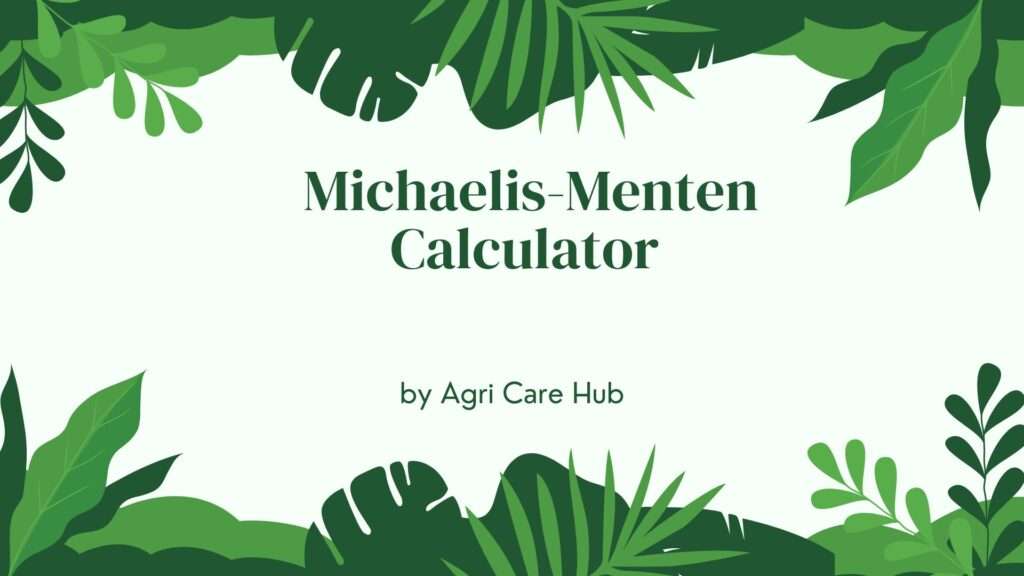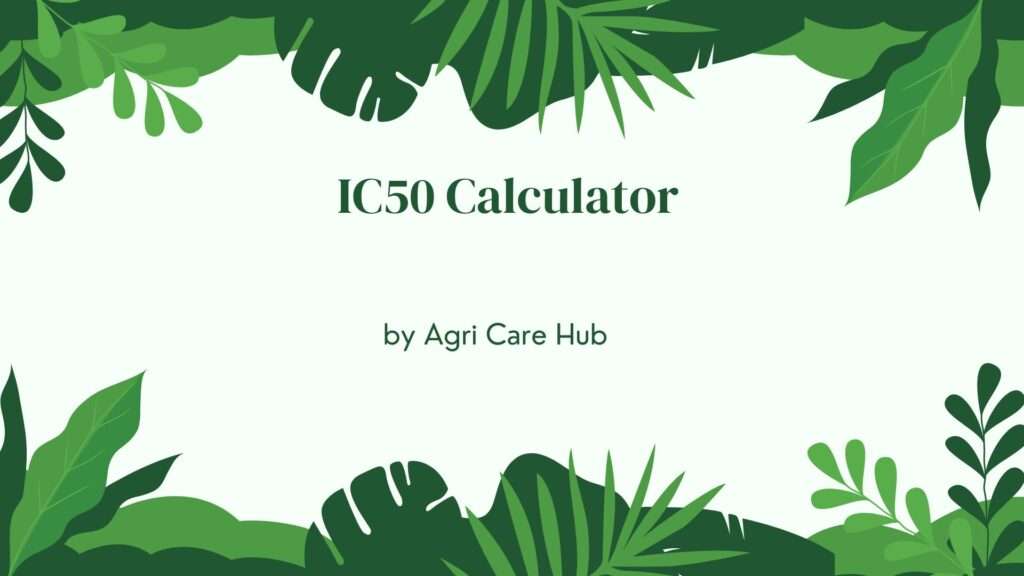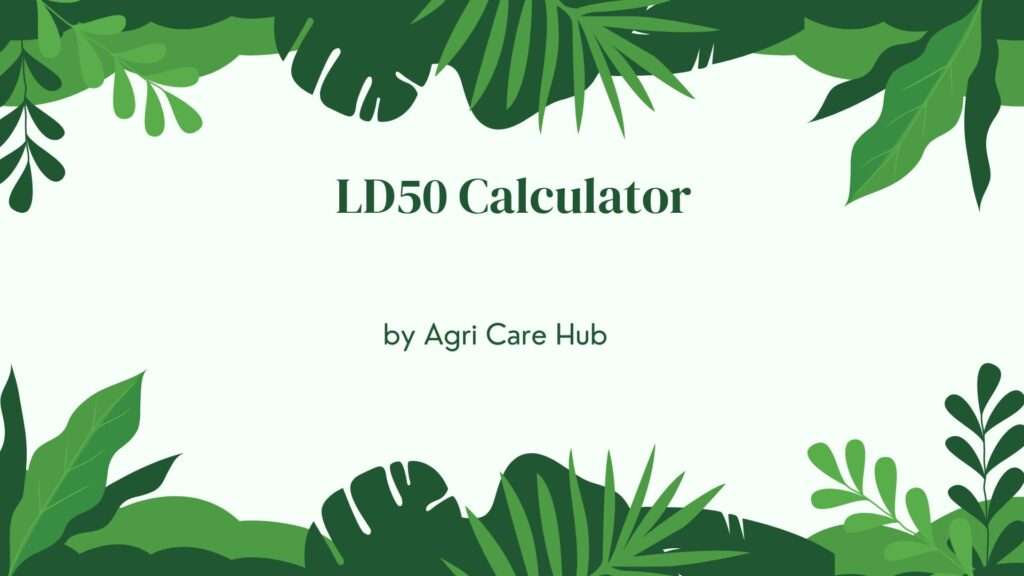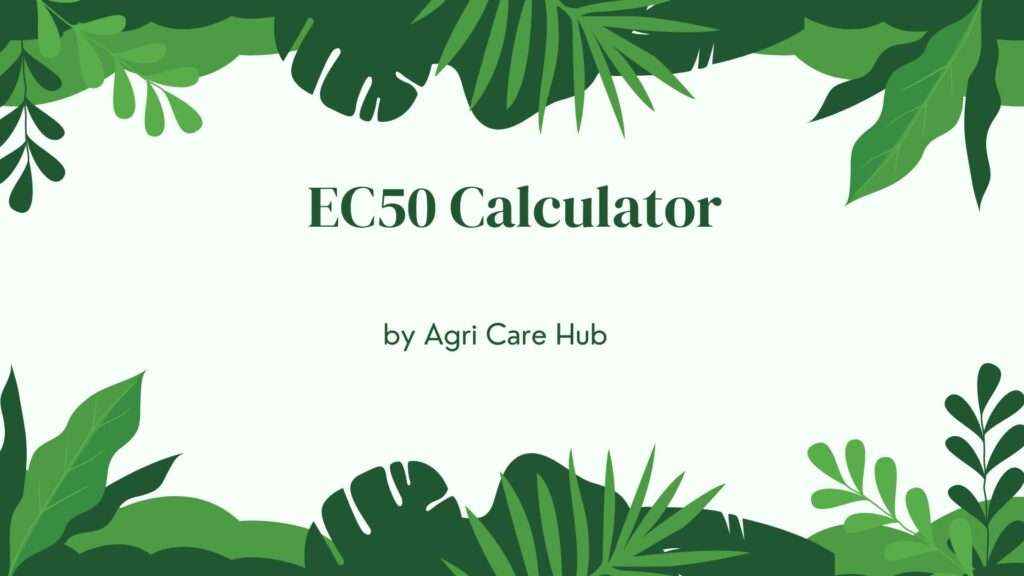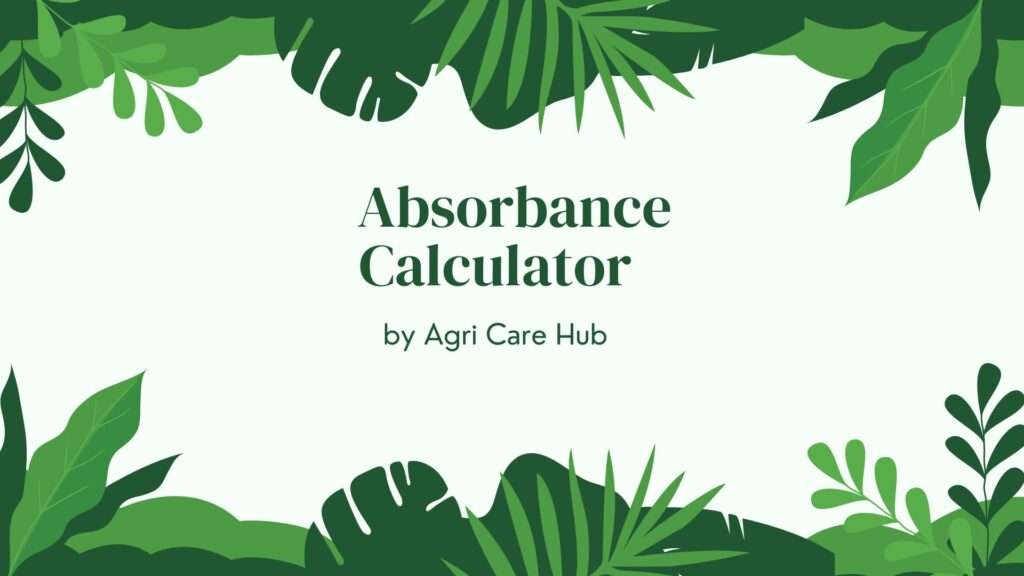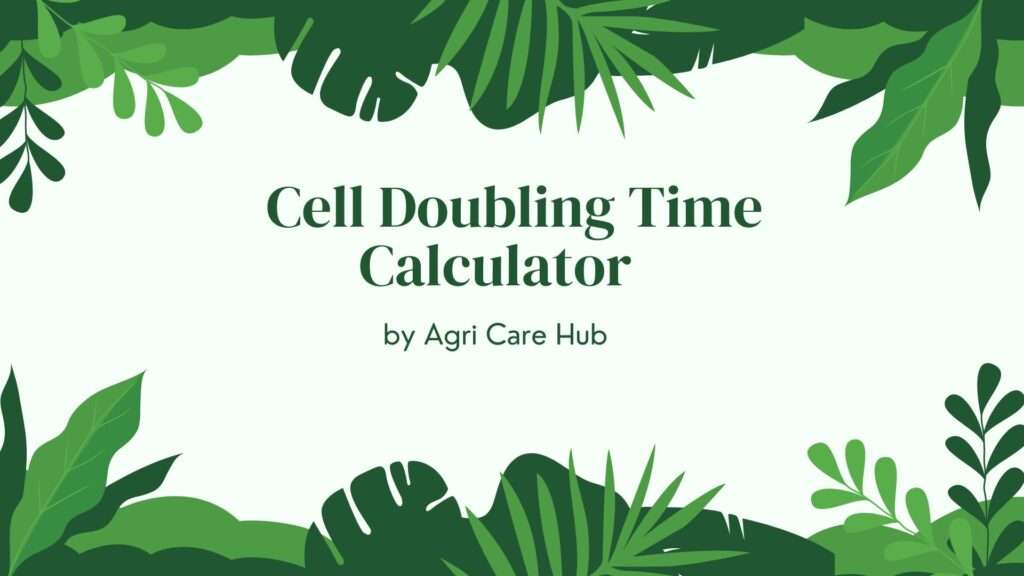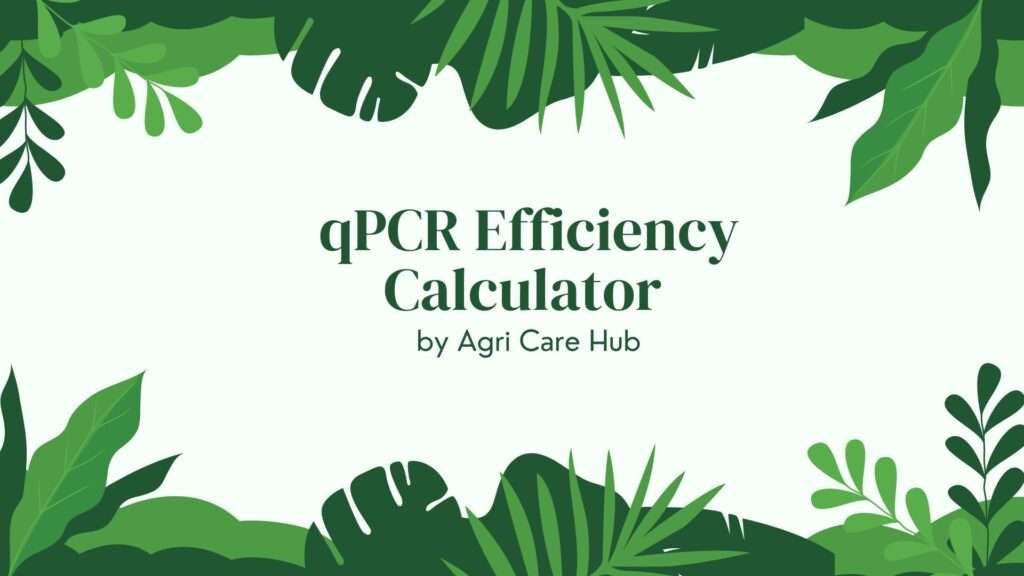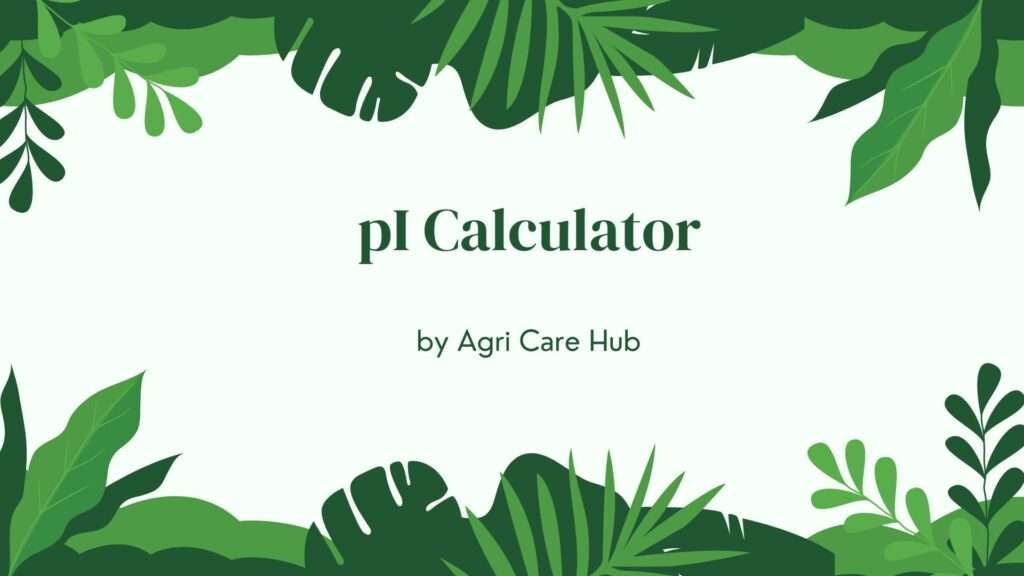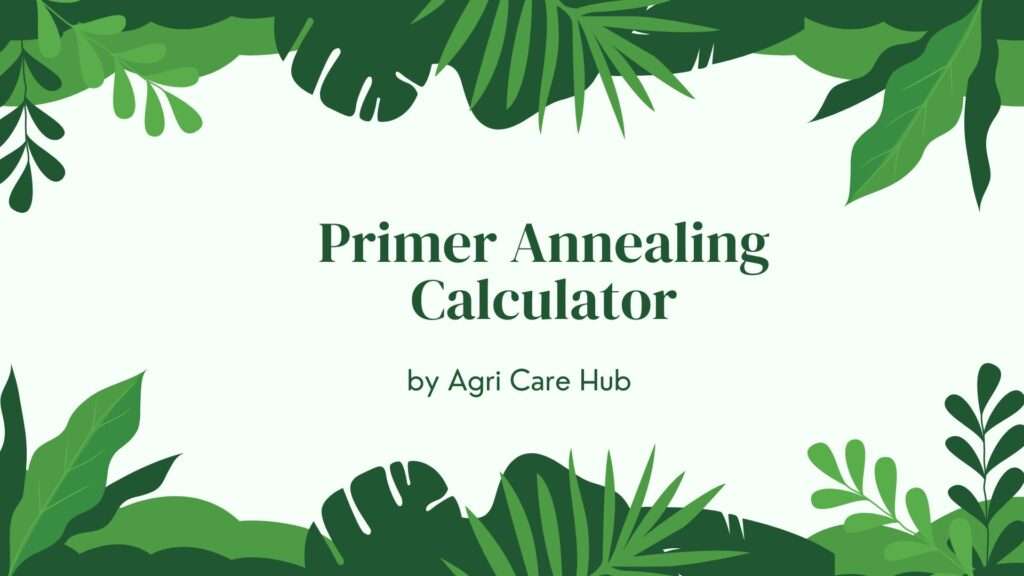Electrostatic Interaction Calculator
About the Electrostatic Interaction Calculator
The Electrostatic Interaction Calculator is a precise tool designed to compute the electrostatic force between two charged particles based on Electrostatic Interaction. Utilizing Coulomb's Law, this calculator provides accurate results for applications in agriculture, physics, and environmental science. It allows users to input the charges of two particles, the distance between them, and the medium's permittivity to calculate the force of attraction or repulsion. This tool is invaluable for professionals and students exploring electrostatic phenomena in various scientific contexts, including agricultural innovations supported by Agri Care Hub.
Importance of the Electrostatic Interaction Calculator
Electrostatic interactions play a critical role in numerous scientific and agricultural processes. In agriculture, understanding these interactions can enhance techniques like electrostatic spraying, where charged particles improve pesticide or fertilizer distribution on crops. This leads to better coverage, reduced waste, and improved crop health. The calculator simplifies complex calculations, ensuring accuracy and reliability. By providing precise force measurements, it aids researchers, farmers, and engineers in optimizing processes that rely on electrostatic principles, contributing to sustainable agricultural practices and environmental conservation.
User Guidelines
To use the Electrostatic Interaction Calculator effectively, follow these steps:
- Input Charge Values: Enter the charges (q1 and q2) in Coulombs. Use scientific notation for small values (e.g., 1e-6 for 1 microcoulomb).
- Specify Distance: Enter the distance between the charges in meters. Ensure the value is positive and realistic for your application.
- Select Medium: Choose the medium (vacuum, water, soil, or custom) to account for the permittivity affecting the force.
- Custom Permittivity (Optional): If selecting a custom medium, input the permittivity value in Farads per meter (F/m).
- Calculate: Click the "Calculate Electrostatic Force" button to view the result, displayed in Newtons (N), indicating whether the force is attractive or repulsive.
Ensure all inputs are accurate to obtain reliable results. For agricultural applications, consult resources like Agri Care Hub for additional guidance on implementing electrostatic techniques.
When and Why You Should Use the Electrostatic Interaction Calculator
The Electrostatic Interaction Calculator is essential when you need to understand the forces between charged particles in various scenarios:
- Agricultural Applications: Optimize electrostatic spraying systems for pesticides or fertilizers, ensuring even distribution and minimal environmental impact.
- Scientific Research: Analyze interactions in physics experiments or material science studies involving charged particles.
- Environmental Studies: Study the behavior of charged particles in soil or water mediums to improve irrigation or nutrient delivery systems.
- Educational Purposes: Teach students about Coulomb's Law and its applications in real-world scenarios.
Using this calculator ensures precise calculations, saving time and reducing errors in complex electrostatic computations. It’s particularly useful when integrating electrostatic methods into sustainable farming practices, as promoted by platforms like Agri Care Hub.
Purpose of the Electrostatic Interaction Calculator
The primary purpose of the Electrostatic Interaction Calculator is to provide a user-friendly, scientifically accurate tool for calculating the electrostatic force between two charges. Based on Coulomb's Law, the formula used is:
F = k * (|q1 * q2| / r²)
Where:
- F is the electrostatic force (in Newtons).
- k is the Coulomb constant adjusted for the medium’s permittivity (k = 1 / (4πε)).
- q1, q2 are the charges in Coulombs.
- r is the distance between charges in meters.
- ε is the permittivity of the medium.
This tool serves multiple purposes, including enhancing agricultural efficiency through electrostatic applications, supporting academic research, and aiding environmental studies. By providing instant calculations, it empowers users to make informed decisions in their respective fields.
Applications in Agriculture
In agriculture, electrostatic interactions are harnessed in innovative ways, such as in electrostatic spraying systems. These systems charge pesticide or fertilizer droplets, causing them to adhere more effectively to plant surfaces due to electrostatic attraction. This reduces chemical runoff, lowers costs, and minimizes environmental impact. The Electrostatic Interaction Calculator helps farmers and agricultural engineers determine the optimal charge levels for spraying systems, ensuring efficient and sustainable application. Resources like Agri Care Hub provide further insights into such advanced agricultural technologies.
Scientific Basis and Accuracy
The calculator is grounded in Coulomb's Law, a fundamental principle in electrostatics, ensuring its scientific credibility. The law states that the force between two point charges is directly proportional to the product of their charges and inversely proportional to the square of the distance between them. The inclusion of permittivity accounts for the medium’s effect on the force, making the tool versatile for different environments like vacuum, water, or soil. By adhering to peer-reviewed scientific methodologies, the calculator delivers trustworthy results for both professional and educational use. Learn more about the underlying principles at Electrostatic Interaction.
Benefits of Using the Calculator
The Electrostatic Interaction Calculator offers numerous benefits:
- Accuracy: Provides precise calculations based on established scientific formulas.
- Ease of Use: Features a clean, intuitive interface suitable for all user levels.
- Versatility: Applicable in agriculture, physics, and environmental science.
- Time-Saving: Eliminates manual calculations, delivering instant results.
- Sustainability: Supports eco-friendly practices by optimizing resource use in agricultural applications.
Advanced Features and Considerations
The calculator includes advanced features like the ability to select different mediums (vacuum, water, soil) or input custom permittivity values, catering to specialized applications. For instance, in soil-based calculations, the approximate permittivity (4ε₀) accounts for typical soil dielectric properties, which is crucial for agricultural studies. The tool also indicates whether the force is attractive (opposite charges) or repulsive (like charges), aiding in practical decision-making. For further resources on agricultural applications, visit Agri Care Hub.
Limitations and Best Practices
While the Electrostatic Interaction Calculator is highly accurate, users should be aware of its limitations:
- Point Charge Assumption: The calculator assumes charges are point-like, which may not apply to large or distributed charges.
- Medium Simplification: The permittivity values for water and soil are approximations; real-world values may vary.
- Input Accuracy: Results depend on accurate input values, so double-check entries for reliability.
For best results, use realistic values and consult domain-specific resources like Electrostatic Interaction for deeper understanding.
Future Applications and Innovations
As technology advances, electrostatic interaction calculations will play a larger role in precision agriculture and environmental management. Innovations like electrostatic pollination or charged nutrient delivery systems are emerging, and tools like this calculator will be crucial for their development. By integrating with platforms like Agri Care Hub, users can stay updated on these advancements and apply them to enhance crop yields and sustainability.
Conclusion
The Electrostatic Interaction Calculator is a powerful, scientifically robust tool designed to simplify complex electrostatic calculations. Whether you’re a farmer optimizing spraying systems, a researcher studying charged particle interactions, or a student learning about Coulomb’s Law, this tool offers reliable, user-friendly results. By leveraging accurate scientific principles and a clean interface, it supports a wide range of applications, particularly in sustainable agriculture. Explore more about electrostatic applications at Electrostatic Interaction and agricultural innovations at Agri Care Hub.

